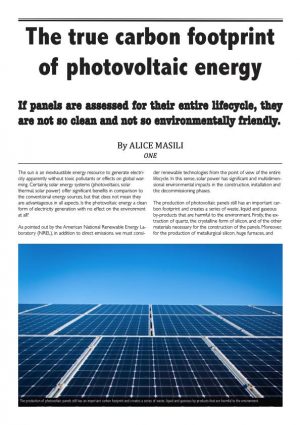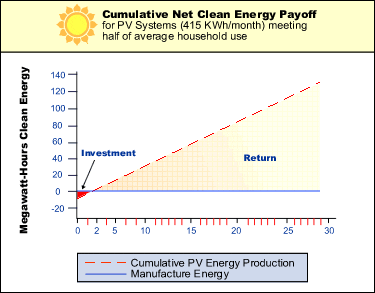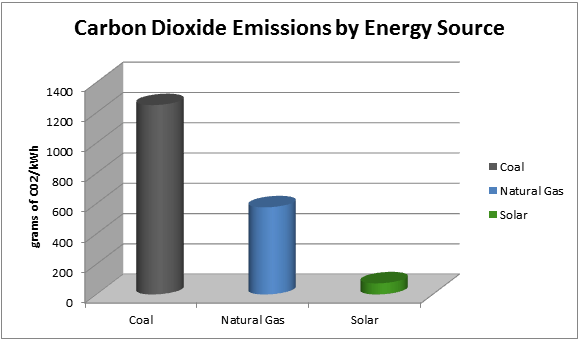The sun is an inexhaustible energy resource to generate electricity apparently without toxic pollutants or effects on global warming.
C02 emissions from manufacturing solar panels.
To create a solar panel caustic materials will emit greenhouse gases.
0 0053 metric tons co 2 therm x 10 37 therms mcf 0 0549 metric tons co 2 mcf.
By scott cramer although the use of solar panels is green many solar panel manufacturing processes are not.
How do solar panels reduce your carbon emissions.
Find out what solar panels cost in your area in 2020 while solar panels are considered a form of clean renewable energy the manufacturing process does produce greenhouse gas emissions.
Water is yet another issue.
Certainly solar energy systems photovoltaics solar thermal solar power offer significant benefits in comparison to the conventional energy sources but that does not mean they are advantageous in all aspects.
These lifecycle emissions continue even if coal or gas plants add ccs which also may not capture 100 of emissions at the power plant.
Carbon dioxide emissions per therm can be converted to carbon dioxide emissions per thousand cubic feet mcf using the average heat content of natural gas in 2017 10 37 therms mcf eia 2019.
When you use solar energy in your home you lower your overall greenhouse gas emissions like carbon dioxide and you reduce your carbon footprint.
So perhaps someday powering photovoltaic panel manufacturing with wind solar and geothermal energy will end concerns about the carbon footprint of photovoltaics.
The sun provides a tremendous resource for generating clean and sustainable electricity without toxic pollution or global warming emissions.
What s more the indirect energy uses and emissions of each technology will shift over time due to changing fuel sources advances in manufacturing and the evolution of global electricity supplies.
For instance concentrated solar power csp has a footprint of 20 grams of carbon dioxide co2 per kilowatt hour kwh of electricity produced in addition to consuming vast amounts.
The potential environmental impacts associated with solar power land use and habitat loss water use and the use of hazardous materials in manufacturing can vary greatly depending on the technology which includes two broad categories.




























